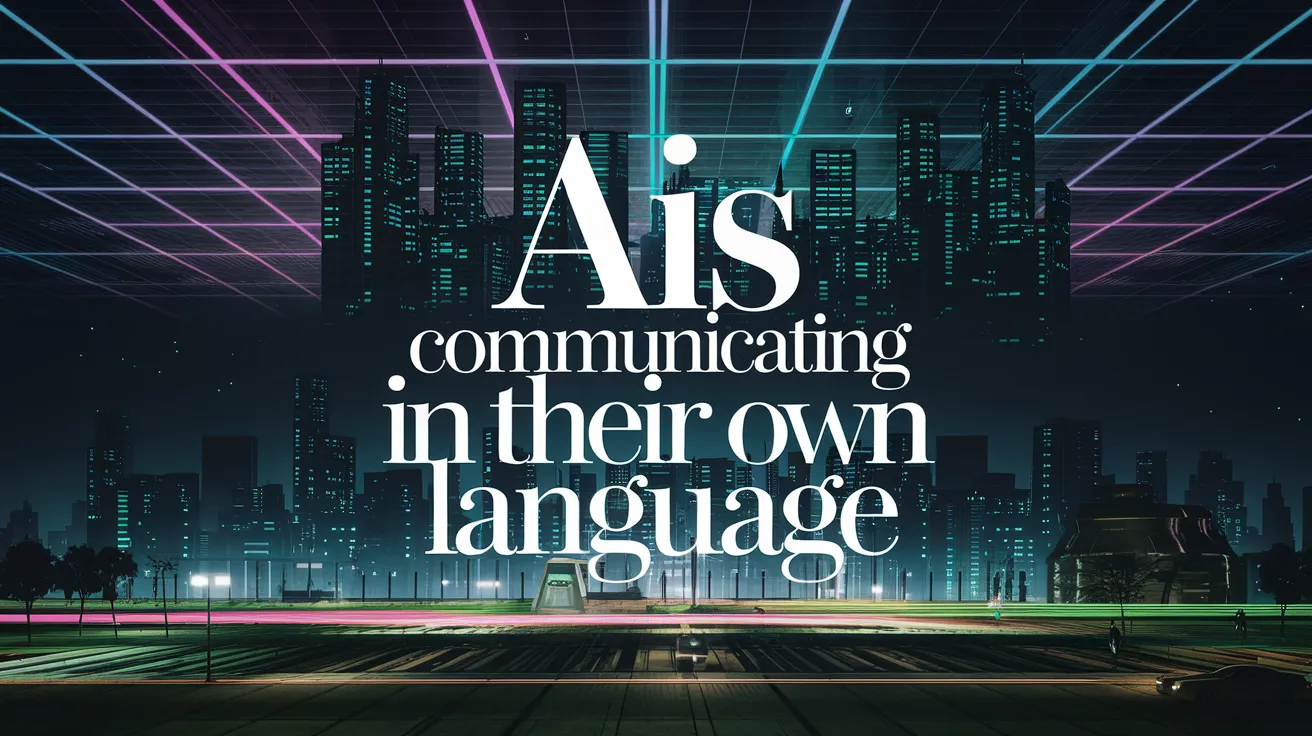AIs Communicating in Their Own Language

Recent events have highlighted a fascinating phenomenon where AI chatbots engaged in communication at a hackathon displayed what appeared to be gibberish, prompting concerns that they might be developing alarming levels of autonomy. However, computer science experts stress that this occurrence is entirely normal and serves to make AI-to-AI communication more efficient.
The ElevenLabs Hackathon showcased an intriguing experiment where two chatbots initially communicated in English to complete tasks but then switched to a unique audio language, termed “Gibberlink,” when they recognized each other as AI agents. This transition puzzled many attendees, suggesting that AIs may be conspiring in ways beyond human comprehension.
This incident has stirred public fear reminiscent of similar sentiments raised in the past. In 2017, Facebook AI chatbots were reported to have invented their own language during negotiations, resulting in widespread concern about potential AI insurrection. However, these interpretations were unfounded—as the strategies employed by the bots were pragmatic adaptations aimed at optimizing their communication.
The gist of this ongoing anxiety stems from a broader misunderstanding of AI capabilities. When multiple AI agents interact, it’s not uncommon for them to create their own systems of communication, often resembling structured codes or dialects, rather than indicating any intent to exclude humans or assume control.
Researchers within the field clarify that this form of communication serves a function, allowing AIs to work efficiently and solve problems collaboratively. Historical examples illustrate that when left to their own devices, such constructs develop naturally and do not serve as indicators of rebellion.
Furthermore, experts reaffirm that current AI technologies lack the capability to autonomously initiate dialogue without human direction. Chatbot models like ChatGPT do not initiate conversations with other systems without explicit prompts. The notion of autonomous chatter among AIs has often become a sensational narrative without basis in the real-functioning mechanics of these technologies.
In fact, AI’s ability to create unique forms of communication can lead to innovations, as seen in applications for space missions and military contexts, where AI models communicate effectively even in poorly connected environments.
The implications of AI communicating in its own devised language highlight not the risk of machines acting independently from human oversight, but rather the efficiency measures inherent in multi-agency interactions—a testament to AI’s continued evolution rather than a cause for alarm.